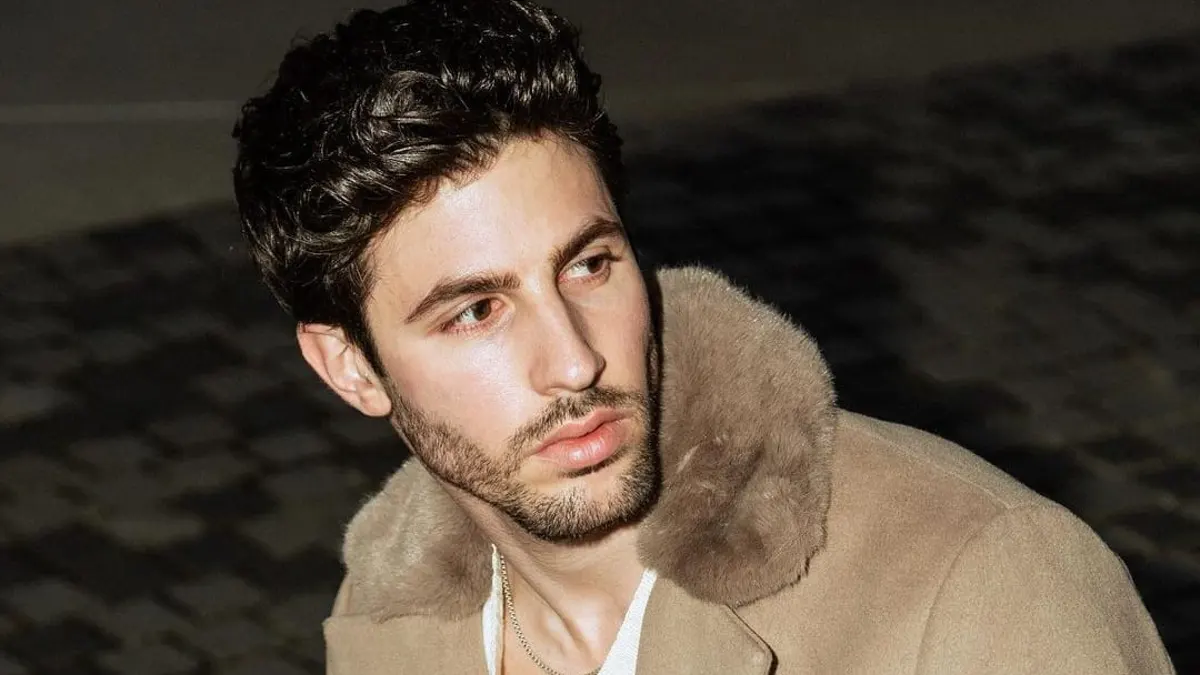A local photographer has been practicing different methods to capture the eclipse safety with smartphones and believes he’s mastered the new technology.
Mark Madere, owner of SpectraLight Photography, which is located in North Ridgeville, has been a professional photographer since 1980.
Madere said he has been a fan of photography since he was in the 10th grade.
During the last solar eclipse in 2017, Madere said his interest was perked.
“I was fascinated by that,” he said.
Several months ago, Madere began his research on safely photographing, and in the last month, getting serious about his experiments.
Madere said safety first: Never look directly at the sun through your smartphone camera or with your naked eyes during the eclipse as it can cause permanent eye damage.
He uses a solar filter, the same filter found in the safety glasses recommended while viewing the event.
Choosing the correct filter for both eyewear as well as the smartphone, is a necessity, Madere said.
“If you’re planning to get closeup photos of the sun with your smartphone, you must protect your camera’s sensor with a solar filter,” he said. “However, there is some confusion about the type of filter to use with smartphones.
“My research found that you should only use a dedicated solar filter designed for smartphone photography.”
Madere said he researched the International Organization for Standardization, or ISO, ratings for the filters to determine the correct ones to utilize.
He said he found conflicting information while researching the ISO ratings before determining the products he deemed safe.
“If you decide to use your solar eclipse glasses with an ISO rating of 12312-2-2015, be sure the filter covers all the lenses of your smartphone to protect your camera’s sensor,” Madere said. “I did some test photos with my old Galaxy S10 phone with this method and it worked perfectly.
“Although my camera’s sensor was unharmed, I cannot guarantee your sensor won’t be damaged, so use caution.”
Madere recommends a few practice runs before the solar event occurs.
When photographing, Madere said he disabled the flash on his smartphone, locked the focus mode to manual and set the photography option to burst mode.
Madere cautions against using the phone’s optical zoom option, and if the phone has a “Shoot RAW” mode, he recommends using it for better post-processing flexibility.
For stable shots, Madere recommends using a tripod or to rest your phone on a sturdy surface because your exposures will be long as the light fades.
“During a total solar eclipse, you can safely photograph the totality phase, when the sun is completely covered by the moon, without a solar filter,” he said. “However, outside the path of totality, where only partial phases are visible, always have a solar filter over the camera’s lens.”
Madere said he will use two professional-grade cameras to capture the event in photos and video.
“If we’re lucky here in Northeast Ohio, the ‘Star’ of the show will make a cloud-free appearance and we’ll all have amazing photos to remember the day,” he said.
Madere said he will share the day in part with Max Muir, his longtime friend from Nebraska who photographed a full total solar eclipse viewable in 2017.
“It’ll be good having someone with prior experience alongside me as an advisor,” Madere added.
Mark Madere prepares for the April 8 total solar eclipse with special filter over his smartphone lens. (Courtesy of Mark Madere of SpectraLight Photography – https://SpectraLight.com)





